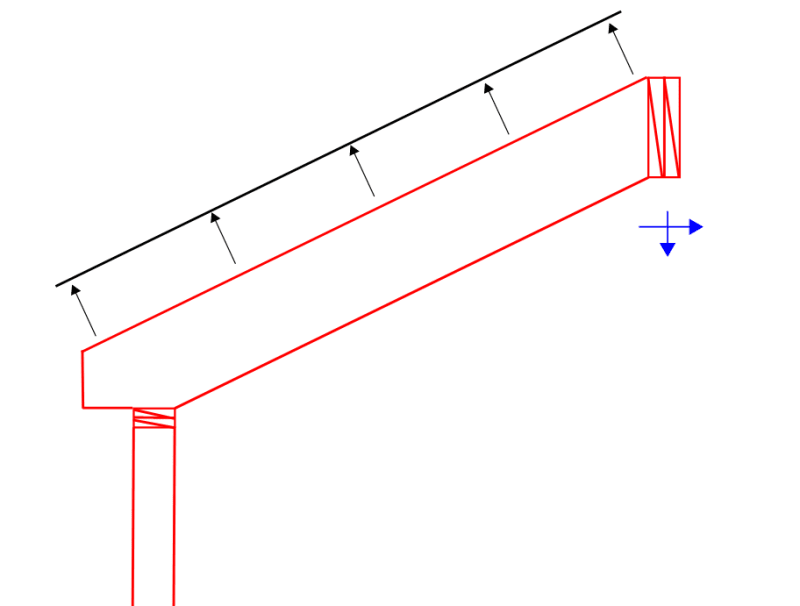TRAK.Structural
Structural
I've been asked by one of my contractor clients about alternatives to collar ties for rafters in a space with a desired vaulted ceiling (residential construction). The contractor doesn't want to use the prescriptive minimum 1x4 wood framing due to loosing some ceiling height. The rafters are connected to the ridge beam with just nails, so I'm not inclined to try to justify this (even with more nails) because of the withdrawal loading that would occur in the case of wind uplift. I am however considering the possibility of using steel straps in the same manner as a conventional collar tie. They would be positioned directly below the ridge beam, oriented horizontal, and connect opposing rafters just like collar ties. Straps are convenient, cheap, and low profile so there would hardly be any loss of ceiling height if positioned right under the ridge. In my head this works if the straps are installed without much slack because this is purely a tension member. Has anyone done this before? Is this a bad idea?


